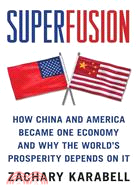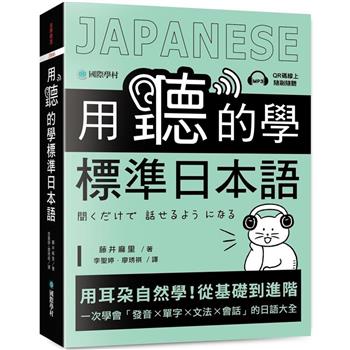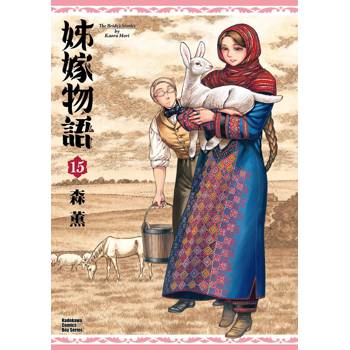| FindBook |
有 1 項符合
Superfusion: How China and America Became One Economy and Why the World's Prosperity Depends on It的圖書 |
 |
Superfusion: How China and America Became One Economy and Why the World's Prosperity Depends on It 作者:Karabell,Zachary 出版社:Simon & Schuster 出版日期:2009-10-13 語言:英文 規格:精裝 / 340頁 / 2.5*15.9*24.8 cm / 普級 / 單色印刷 |
| 圖書館借閱 |
| 國家圖書館 | 全國圖書書目資訊網 | 國立公共資訊圖書館 | 電子書服務平台 | MetaCat 跨館整合查詢 |
| 臺北市立圖書館 | 新北市立圖書館 | 基隆市公共圖書館 | 桃園市立圖書館 | 新竹縣公共圖書館 |
| 苗栗縣立圖書館 | 臺中市立圖書館 | 彰化縣公共圖書館 | 南投縣文化局 | 雲林縣公共圖書館 |
| 嘉義縣圖書館 | 臺南市立圖書館 | 高雄市立圖書館 | 屏東縣公共圖書館 | 宜蘭縣公共圖書館 |
| 花蓮縣文化局 | 臺東縣文化處 |
|
|
- 圖書簡介
THE EMERGENCE OF CHINA as an economic superpower is now widely recognized, but as Zachary Karabell reveals, that is only one aspect of the story. Over the past decade, the Chinese and U.S. economies have fused to become one integrated system. How China and the United States manage their relationship will determine whether the coming decades witness increased global prosperity or greater instability.
Karabell traces the twenty-year history that began with the suppression of the protests in Tiananmen Square in 1989. The Chinese leadership adopted a policy of aggressive economic reform and courted U.S. companies and expertise. Karabell charts how integral those companies -- including Federal Express, Kentucky Fried Chicken, Avon, and Wal-Mart -- have been to China's success and how integral China has been to their growth. Though accelerated by the admission of China to the World Trade Organization in 2001, the economies began to fuse without attracting much notice. Preoccupied with the threat of terrorism and wars in Iraq and Afghanistan, the United States soon found itself deeply in debt to China while also reaping the rewards of China's growth.
Now both countries find themselves in an unfamiliar and challenging position. After years of seeking closer integration with the United States, China has begun to question the wisdom of that embrace. The United States, buoyed by China's loans, faces a level of dependency that has generated considerable anxiety. The intertwinement has enhanced the global economy but undermined the sovereignty that governments so crave.
Yet, as Karabell argues, the fusion has advanced too far for either to extricate itself without severe harm. The challenge for the United States is to embrace this new world even with some loss of relative power in order to ensure its prosperity in the future; the challenge for China is to recognize that it is now a major player on the world stage with all the risks and responsibilities that entails. We need them and they need us, but the jury is still out on whether either can fully accept that new paradigm.
In a book rich in individual stories, Karabell, informed by his considerable experience, not only provides the first comprehensive account of how these two countries became one economy but also makes a compelling case for why its continuation in the future is a vital element of a stable, prosperous world.
|











